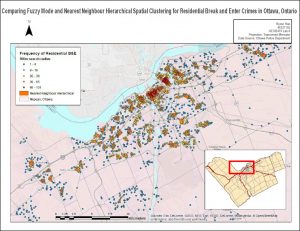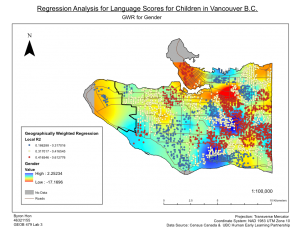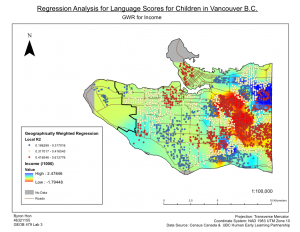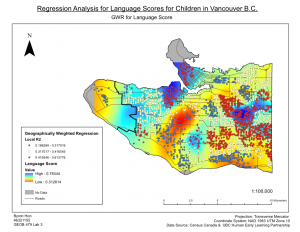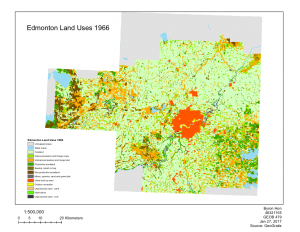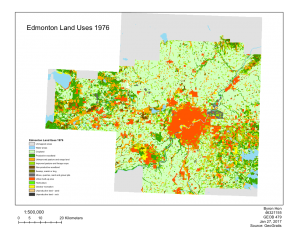The article I reviewed for this section is called “Analyzing spatial clustering and the spatiotemporal nature and trends of HIV/AIDS prevalence using GIS: the case of Malawi, 1994-2010” and the aim of the study was to:
- Examine spatiotemporal trends in HIV prevalence from 1994 – 2010
- For 2010, it identifies and maps the spatial variation or clustering of factors associated with HIV prevalence at the district level in Malawi
The methods used for this study required 4 main steps:
-
- Obtaining HIV prevalence data and temporal trends at national, regional and urban/rural scales
- Determining spatial dependence in HIV prevalence, spatial interpolation, and spatiotemporal trends
- First, the HIV prevalence rates for the pregnant women were plotted (from 1995 to 2010) to provide a spatiotemporal perspective of the HIV epidemics at its various levels (national, regional, urban and rural).
- Then, they used GIS tools to
- Empirically test for spatial dependency in HIV prevalence nationally
- Produce a continuous surface of HIV prevalence at 1 x 1 km spatial resolution for visualization and generation of prevalence estimates at district level for cluster/hotspot and regression analysis.
- HIV spatial autocorrelation was also assessed using global Moran’s I statistic
- Which is indicative in suggesting whether HIV clustering occurs in a hierarchical expansionary spread in different areas and districts.
- The Inverse Distance Weighted spatial interpolation method was used for the years 1994, 1996, 1999, 2001, 2003, 2005, 2007, and 2010.
- uses weights based only on distance between measured and unmeasured points
- IDP assigns more influence to measured values nearest an unmeasured location than to measured values located farther away
- Local spatiotemporal variation in HIV prevalence and cluster/’hotspot’ analysis
- Regression analysis and indicative drivers of HIV prevalence for 2010
For the results, the analysis revealed that there was a wide spatial variation of HIV prevalence at a regional, rural/urban, district and sub-district levels. However, prevalence was spatially plateauing out within and across ‘sub-epidemics’ while declining significantly after 1999. Prevalence showed statistically significant spatial dependence nationally following initial (1995-1999) localized, patchy low/high patterns as the epidemic spread rapidly. Locally, HIV “hotspots” clustered among eleven southern districts/cities while a “coldspot” captured configurations of six central region districts. Preliminary multiple regression of 2010 HIV prevalence produced a model with four significant explanatory factors (adjusted R2 = 0.688): mean distance to main roads, mean travel time to nearest transport, percentage that had taken an HIV test ever, and percentage attaining a senior primary education. Spatial clustering linked some factors to particular subsets of high HIV-prevalence districts.
I rate this article a 8/10 due to the limitations of the study which was also referenced within the article. The small sample size of 19 sentinel ANCs is not optimal as well as the use of OLS regression model was just sufficient enough and left out the spatial lag model findings.

